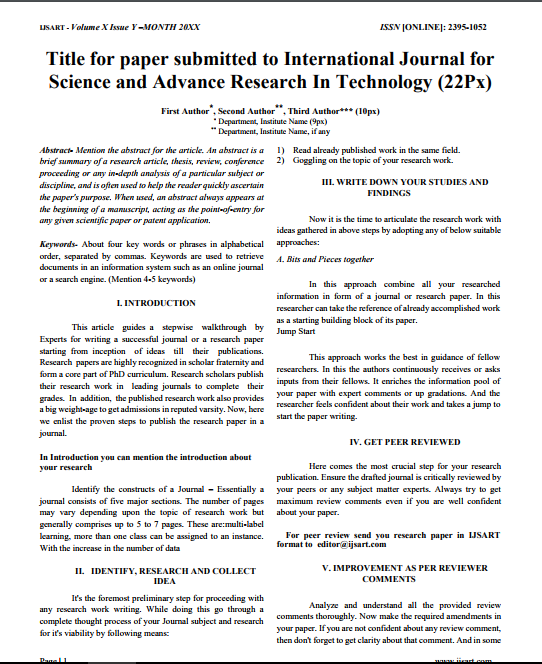Impact Factor
7.883
Call For Paper
Volume: 11 Issue 05 May 2025
LICENSE
Channel Prediction And Power Optimization For Smart Hsr Communication Networks Based On Deep-learning Networks
-
Author(s):
T T Golden Harshiya | E L Shajini
-
Keywords:
High-speed Railways (HSRs), Channel State Information (CSI), Channel Statistical Characteristics (CSCs)
-
Abstract:
For A High-speed Railway Relay Downlink Communication System Based On Short-packet Transmission, The Problem Of Maximizing The Minimum User Throughput By Jointly Optimizing The Transmission Packet Length And The Transmission Power Control Of The Relay Dev
Other Details
-
Paper id:
IJSARTV9I1072428
-
Published in:
Volume: 9 Issue: 10 October 2023
-
Publication Date:
2023-10-03
Download Article


